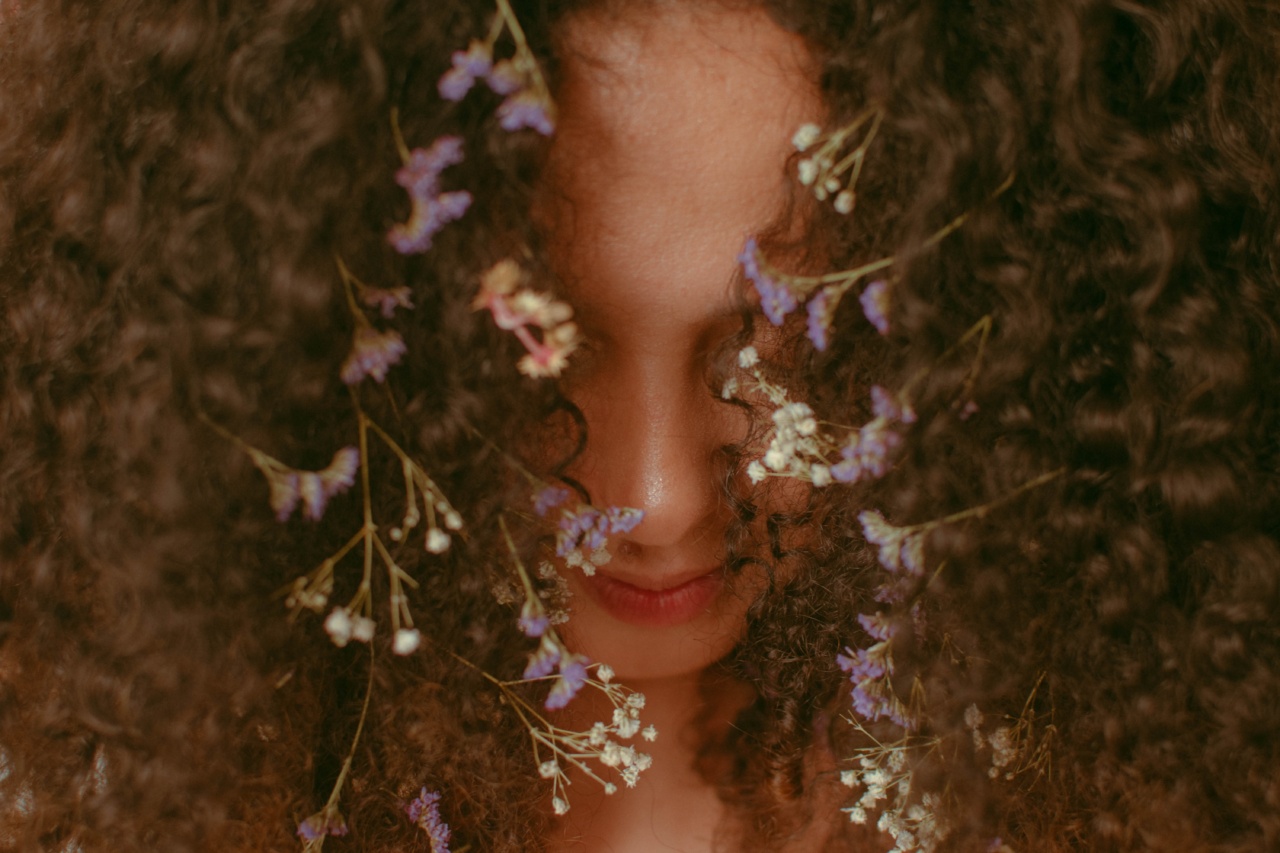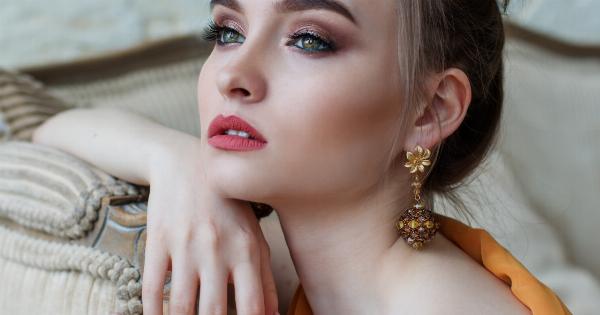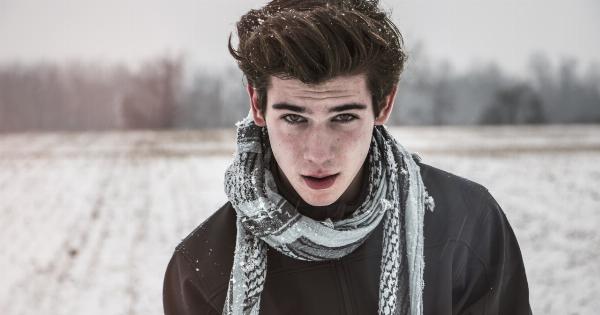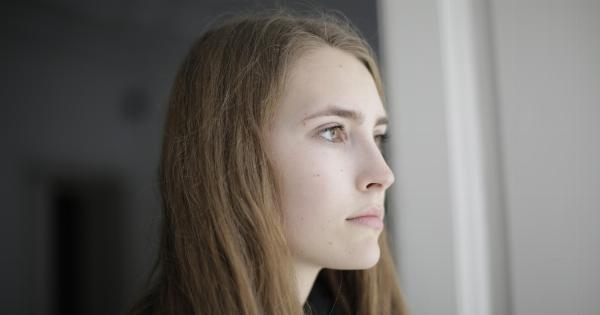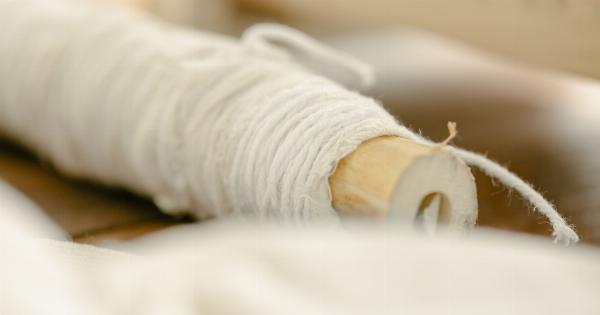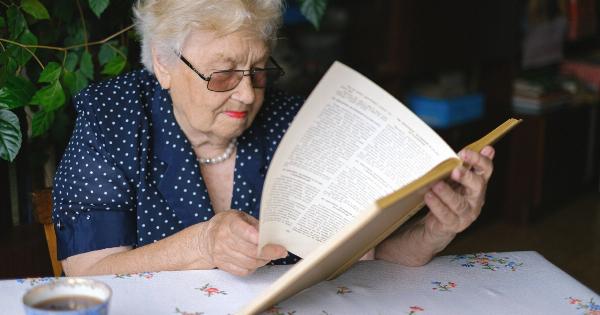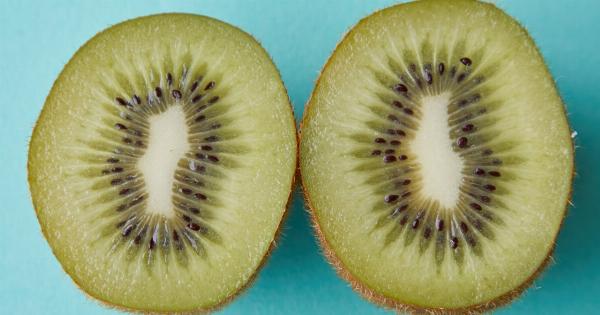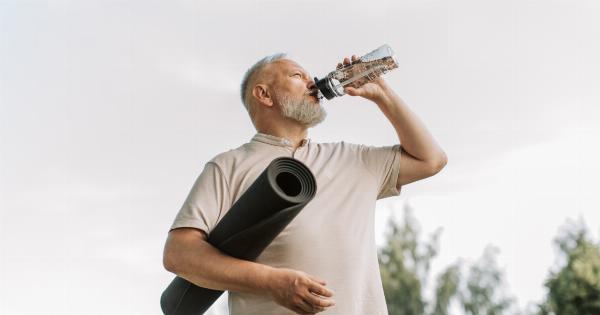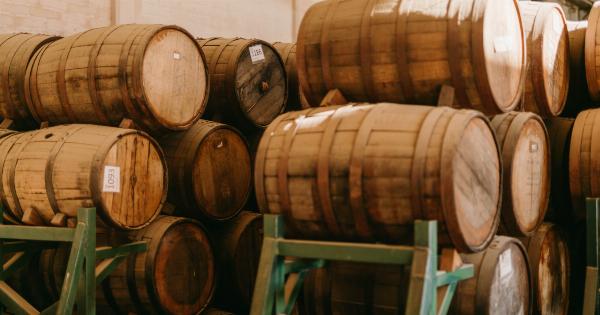As we age, our physical appearance naturally undergoes a variety of changes. While the aging process affects everyone differently, there are certain traits that commonly contribute to an older appearance.
These characteristics can be influenced by a combination of genetics, lifestyle choices, and environmental factors. Understanding these traits can help individuals make informed decisions about their skincare, lifestyle, and overall well-being.
1. Wrinkles and Fine Lines
Perhaps the most noticeable sign of aging, wrinkles and fine lines appear due to a decrease in collagen and elastin production in the skin.
Additionally, repetitive facial movements, exposure to sunlight, smoking, and poor skincare habits can accelerate wrinkles’ formation. Protecting the skin from harmful UV rays and adopting a consistent skincare routine can help minimize the appearance of wrinkles.
2. Sagging Skin
Loss of skin elasticity is a common characteristic of aging. As we grow older, the production of collagen and elastin slows down, leading to sagging skin. Factors such as sun exposure, smoking, and weight loss can contribute to the severity of sagging.
Regular exercise, a healthy diet rich in antioxidants, and moisturizing the skin can help combat sagging.
3. Age Spots
Also known as sunspots or liver spots, age spots are areas of hyperpigmentation on the skin. They typically occur due to prolonged sun exposure, and the melanin-producing cells become overactive.
Wearing sunscreen daily and seeking shade during peak sun hours can prevent the formation of age spots.
4. Thinning Hair and Graying
Hair thinning and graying are natural aspects of the aging process. As we age, the rate of hair growth slows down, and the hair follicles produce less pigment.
While these changes are primarily dictated by genetics, certain lifestyle factors, such as stress and inadequate nutrition, can contribute to premature graying and thinning. Maintaining a balanced diet, managing stress levels, and using appropriate hair care products can help maintain healthy hair.
5. Dull Skin Tone
Over time, the skin’s natural ability to shed dead cells declines, leading to a dull appearance. Additionally, environmental factors, such as pollution and smoking, can contribute to dullness by causing oxidative stress.
Maintaining a consistent exfoliation routine, protecting the skin from pollutants, getting enough sleep, and staying adequately hydrated can help achieve a brighter complexion.
6. Sunken Cheeks and Hollowed Eyes
As we age, the fat pads in our face begin to shrink and descend, resulting in sunken cheeks and hollowed eyes. This loss of volume can contribute to a tired and older appearance.
While this is a natural part of the aging process, certain lifestyle choices, such as smoking and excessive sun exposure, can accelerate facial volume loss. Facial exercises, a nutrient-rich diet, and dermal fillers can help restore lost volume.
7. Dry and Thin Lips
As we age, the production of collagen and hyaluronic acid in the lips decreases, leading to dryness and thinning. Additionally, factors such as excessive sun exposure, smoking, and dehydration can further worsen the condition of the lips.
Regularly moisturizing the lips, protecting them from the sun, and staying hydrated can help maintain fuller and healthier lips.
8. Uneven Texture and Skin Discoloration
Uneven skin texture and discoloration are common concerns as we age. Factors such as sun damage, hormonal changes, and acne scarring can contribute to these issues.
Adopting a regular skincare routine that includes exfoliation and the use of products with ingredients like retinol and vitamin C can help improve skin texture and reduce discoloration.
9. Posture and Body Mass
Posture and body mass can significantly contribute to an older appearance. Poor posture can make individuals appear shorter and can accentuate the likelihood of developing a hunch or rounded back.
Maintaining good posture through exercises, stretching, and proper ergonomics can help in achieving a more youthful appearance. Additionally, maintaining a healthy body weight and staying physically active can contribute to a more youthful overall appearance.
10. Facial Expression Lines
Facial expression lines, commonly known as “crow’s feet” and “smile lines,” are the result of repetitive facial movements over time. Smiling, frowning, and squinting can create permanent lines on the face.
While these lines are a natural part of expressing emotions, minimizing excessive facial movements and consistent use of sunscreen can help prevent them from becoming more pronounced.
Understanding the traits that contribute to an older appearance allows individuals to proactively address these concerns.
By adopting healthier lifestyle habits, implementing a consistent skincare routine, and seeking professional treatments when necessary, individuals can age gracefully while prioritizing their well-being and self-confidence.
